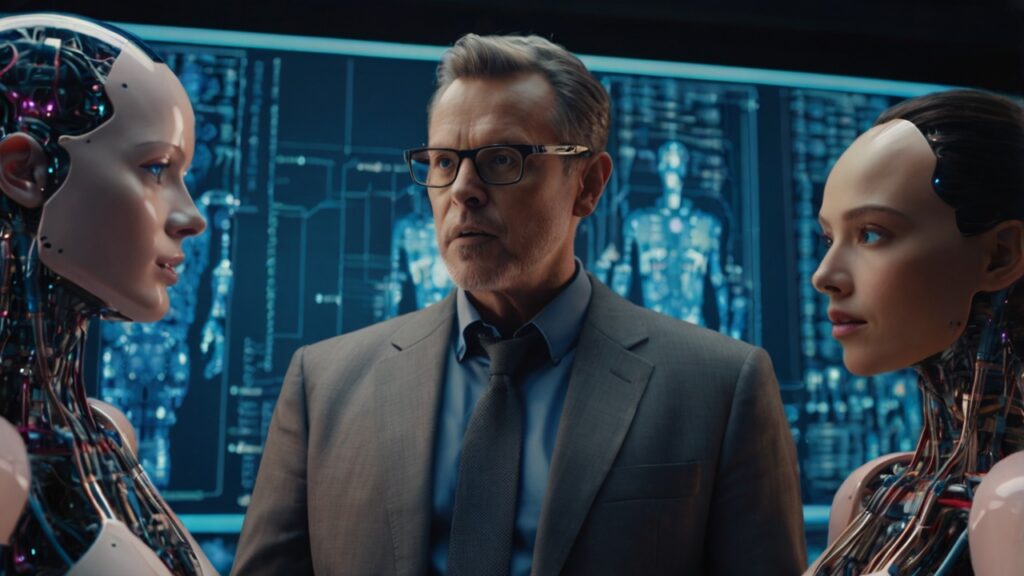The Future of Work: AI-Powered Automation Trends

The Future of Work: AI-Powered Automation Trends
As technology continues to advance at a rapid pace, the future of work is being shaped by AI-powered automation. From self-driving cars to virtual assistants, artificial intelligence is revolutionizing the way we live and work. In this article, we will explore some of the key trends in AI-powered automation and how they are impacting the workforce.
Rise of Robotic Process Automation (RPA)
One of the most significant trends in AI-powered automation is the rise of robotic process automation (RPA). RPA involves the use of software robots to automate repetitive tasks that were previously performed by humans. These robots can perform tasks such as data entry, invoice processing, and customer service, freeing up human workers to focus on more complex and strategic activities.
Machine Learning Algorithms for Decision-Making
Another trend in AI-powered automation is the use of machine learning algorithms to improve decision-making processes. Machine learning algorithms can analyze vast amounts of data to identify patterns and make predictions, helping businesses make more informed decisions. For example, machine learning algorithms can be used to predict customer behavior, optimize supply chain operations, and detect fraud.
Transformation in Technology Interaction
AI-powered automation is also transforming the way we interact with technology. Virtual assistants such as Siri, Alexa, and Google Assistant are becoming increasingly sophisticated, able to understand natural language and perform a wide range of tasks. These virtual assistants are being integrated into a variety of devices, from smartphones to smart speakers, making it easier than ever to access information and services.
New Ways of Working
In the workplace, AI-powered automation is enabling new ways of working. For example, collaborative robots, or cobots, are being used to work alongside human workers in manufacturing and logistics settings. These cobots can perform tasks that are too dangerous or repetitive for humans, while humans can focus on tasks that require creativity and problem-solving skills.
Opportunities for Remote Work
AI-powered automation is also creating new opportunities for remote work. With advances in communication technology, workers can now collaborate with colleagues from around the world without ever having to leave their homes. This has the potential to increase productivity and reduce costs for businesses, while also providing workers with greater flexibility and work-life balance.
Addressing Concerns
However, the rise of AI-powered automation also raises concerns about the impact on jobs. Some experts predict that automation could lead to widespread job displacement, particularly in industries that rely heavily on routine tasks. For example, a study by the McKinsey Global Institute found that up to 800 million jobs worldwide could be automated by 2030.
To address these concerns, policymakers and businesses will need to take proactive steps to ensure that workers are prepared for the future of work. This may involve investing in education and training programs to help workers develop the skills they need to thrive in a digital economy. It may also involve rethinking traditional employment models and exploring new ways of organizing work, such as gig work and freelancing.
Conclusion
In conclusion, AI-powered automation is transforming the way we work and live. From robotic process automation to machine learning algorithms, AI is revolutionizing the way we perform tasks and make decisions. While there are concerns about the impact on jobs, there are also opportunities for businesses and workers to adapt and thrive in a digital economy. By embracing AI-powered automation and investing in the skills of the future, we can create a more efficient, productive, and inclusive workforce for the 21st century.